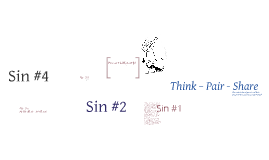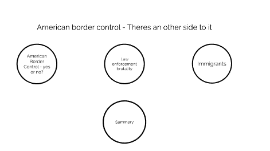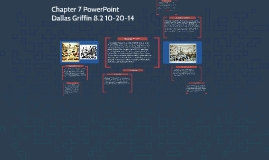Chapter 7 PowerPoint
Transcript: Northwest Ordinance Chapter 7 PowerPoint Dallas Griffin 8.2 10-20-14 The Virginia Plan Federalists and Anti-Federalist In 1787, Congress introduced the Northwest Ordinance. The Northwest Ordinance set up a government for the Northwest Territory. It guaranteed basic laws to settlers, and outlawed slavery there. It also provided for the vast region to be divided into separate territories in the future. The Northwest Ordinance provided a way to admit new states to the nation. The territory had to have a population of 60,000 free settlers until it could ask Congress to be admitted as a new state. Each new state would be “on an equal footing with the original states in all respects whatsoever.” In time, the states of Ohio, Indiana, Illinois, Michigan, and Wisconsin were created from the Northwest Territory. The New Jersey Plan Small states did not agree with the Virginia Plan. They feared that the large states could easily outvote them in Congress. Supporters of the Virginia Plan replied that it was only fair for a state with more people to have more representatives. After two weeks of debate, William Paterson of New Jersey showed a plan that had the support of the small states. Like the Virginia Plan, the New Jersey Plan called for three branches of government, but it provided for a legislature that had only one house. Each state, regardless of its population, would have one vote in the legislature. The plan also gave the national government the power to tax and regulate trade. The New Jersey Plan is, also called the Small State Plan or the Paterson Plan. The Virginia Plan Edmund Randolph and James Madison, both from Virginia, introduced a plan for the new government. This plan was called for a strong national government with three branches. The legislative branch would pass the laws. The executive branch would carry out the laws. The judicial branch, or system of courts, would decide if laws were carried out fairly. This is known as the Virginia Plan. The Virginia Plan is, also called the Randolph Plan or The Large-Sate Plan. The Land Ordinance of 1785 set up a system for settling the Northwest Territory. The law called for the territory to be surveyed and divided into townships. Each township was divided into thirty - six sections of one square mile. Congress planned to sell sections to settlers for $640 apiece. The Great Compromise In every state,there are federalist and anti-federalist. Federalist are people who support the constitution and favored a strong federal, or national, government. People who didn't agree with the constitution are called anti-federalist. Federalists argued that the Articles of Confederation left too much power with the individual states. This left a dangerously weak government. Federalists believed that the Constitution gave the national government the authority it needed to function effectively. At the same time, they said, the Constitution still protected the rights and powers of the individual states.Federalists James Madison, Alexander Hamilton, and John Jay wrote a series of essays, known today as the Federalist Papers. Their purpose was to explain and defend the Constitution. One anti federalist is Thomas Jefferson. The Boston Tea Party ( initially referred to by John Adams as " the Destruction of the Tea in Boston" ) was a political protest by the Sons of Liberty in Boston, on December 16, 1773. People disguised as American Indians, destroyed an entire shipment of tea. They were sent By the East India Company, in defiance of the Tea Act of May 10, 1773. They boarded the ships and threw chests of tea into Boston Harbor. The government responded harshly and this escalated into the American Revolution. There was, also a second Tea Party. The Boston Massacre was a street fight that occurred on March 5, 1770, between a patriot mob, throwing snowballs, stones, and sticks, and a squad of British soldiers. Several colonists were killed. The presence of British troops were increasingly unwelcome. The riot began when about 50 citizens attacked a British sentinel. A British officer , Captain Thomas Preston, called in additional soldiers, these two were attacked, so the soldiers fired into the mob killing three on the spot and wounding eight others. The soldiers who fired the shots were soon found guilty in trial. For a while, no agreement could be reached. With people angry, it seemed that the Convention would fall apart without adopting any plan. Finally, Roger Sherman of Connecticut worked out a compromise that he hoped would satisfy both the large and small states. Sherman's compromise called for the creation of a two-house legislature. Members of the lower house, known as the House of Representatives, would be elected by popular vote. Seats in the lower house would be awarded to each state according to its population. Members of the upper house, called the Senate, would be chosen by legislatures. Each state, no matter what size, would have two senators. This part of Sherman's

















